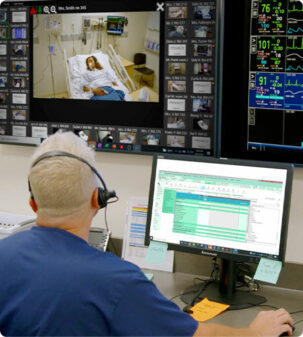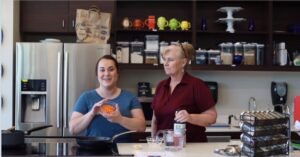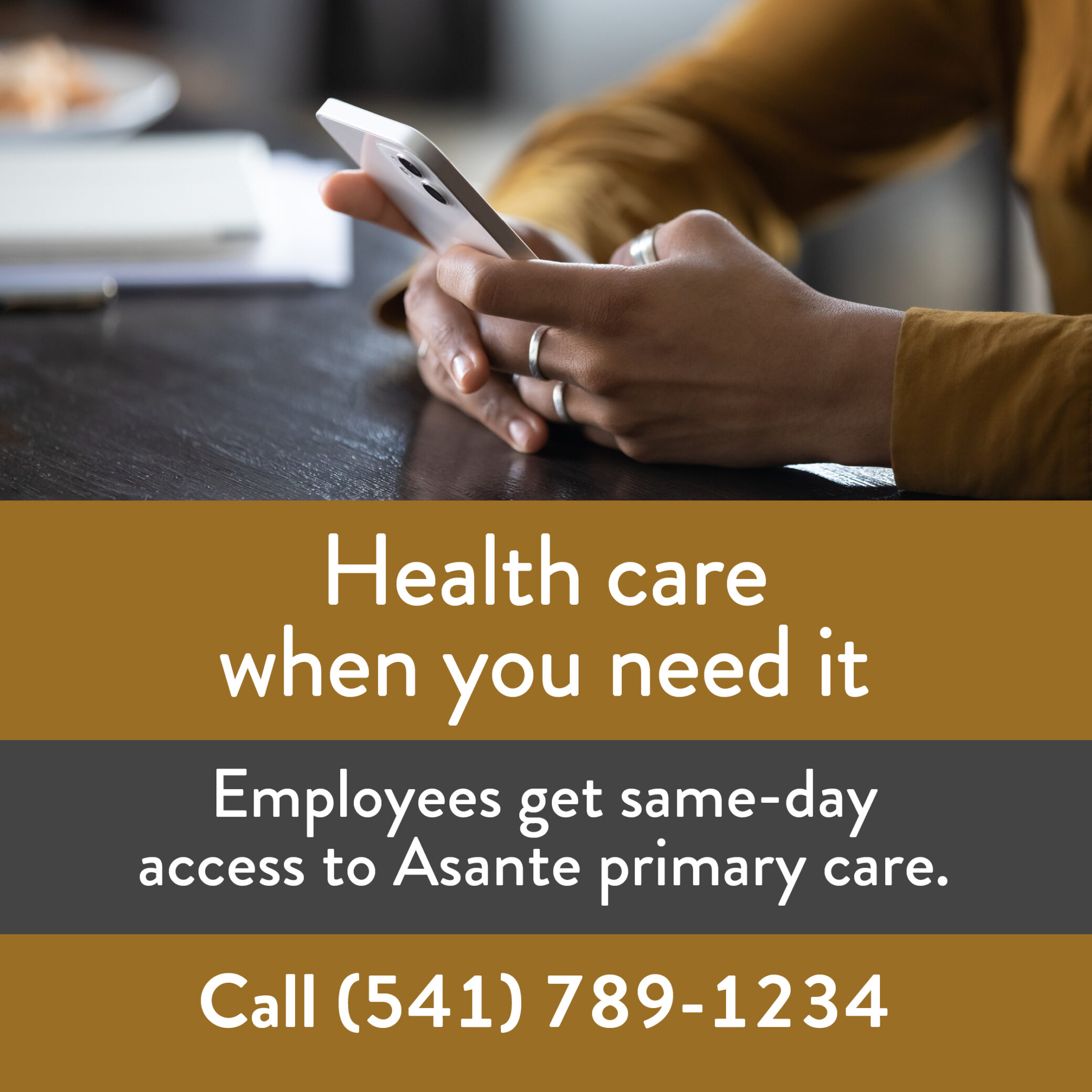Share:
Telesitter pilot already showing results

Falls are among the most common adverse events reported in U.S. hospitals, reaching up to 1 million incidents each year, according to the CDC.
Falls are more prevalent among older adults, especially those aged 65 and older, who often have increased vulnerability due to age-related factors such as balance issues, medication use and chronic conditions. Falls can cause severe injuries, extended hospital stays, increased health care costs and diminished quality of life for patients.
Asante hospitals have engaged in several initiatives to prevent falls and improve patient safety, satisfaction and overall outcomes.
In March, ARRMC implemented a pilot telesitter program using the AvaSure platform. Since then, data has shown the program has helped to prevent at least 29 falls.
Here are some key benefits:
Continuous monitoring. Real-time, 24/7 monitoring of patients in their hospital rooms allows telesitters to respond quickly to any signs of patient distress or attempts to leave the bed unassisted.
Improved patient safety. With a live video and audio feed, the telesitter can observe the patient’s movements and behavior, ensuring that they receive timely help when needed.
Efficient resource allocation. Instead of assigning dedicated in-room sitters for patients at risk of falls, hospitals can use telesitters to monitor multiple patients simultaneously from a central location.
Rapid intervention and response. If a patient exhibits behavior indicating an increased risk of falling, the telesitter can immediately alert staff to minimize the potential for a fall.
Enhanced patient privacy and dignity. Unlike physical sitters who are present in the room, telesitters maintain patient privacy and dignity while ensuring the patient’s safety. Patients may feel more comfortable and less restricted knowing they have personal space and autonomy within their hospital room.
Flexibility and scalability. As patient volumes fluctuate or different units require additional monitoring, telesitters can be deployed quickly and efficiently without the need for physical reconfiguration or resource reallocation.
Overall, telesitters contribute to fall prevention by providing continuous monitoring, timely intervention, improved resource allocation, and enhanced patient safety and privacy. By combining technology and human oversight, telesitters offer an effective solution for lessening the risk of falls and promoting patient wellbeing.
If you have a question, please contact the author or relevant department directly.



